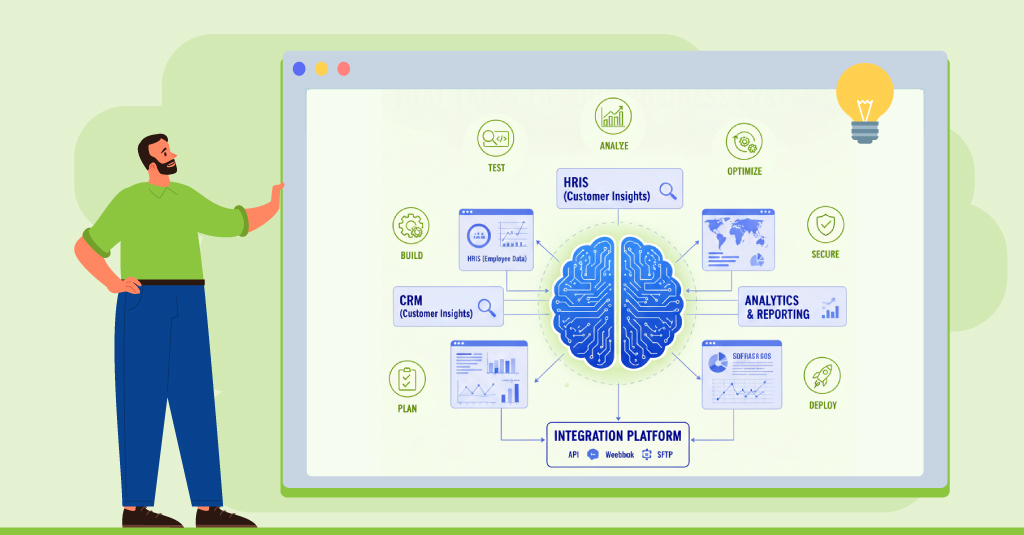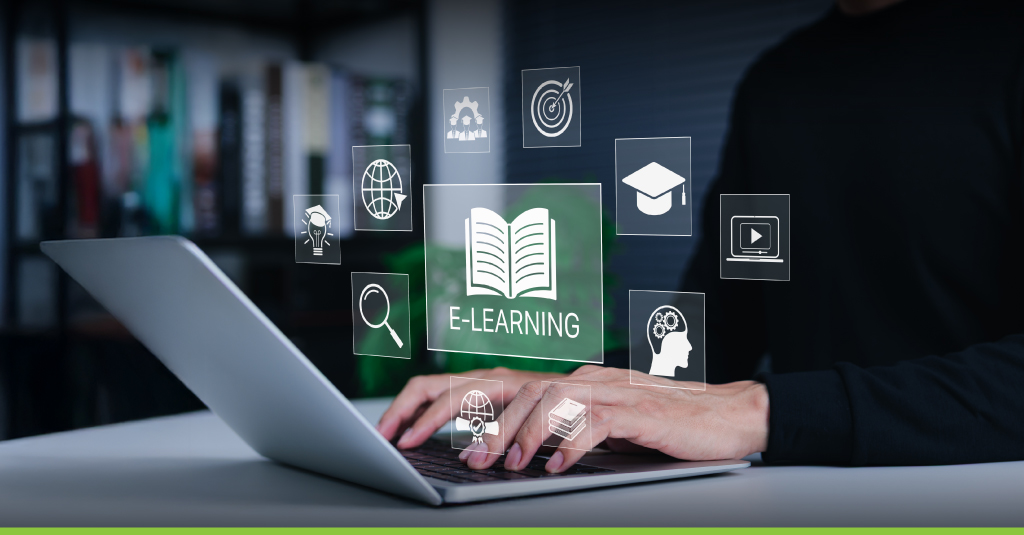Google Dumps Gears for HTML5
Google will end Gears, an open-source plug-in project it launched two years ago to allow Web applications to function even when a computer isn’t connected to the Internet. Applications that used Gears include Google’s Docs and Reader.
However, new incompatibilities with Gears have cropped up. Although it works with Microsoft’s Windows, Linux and some Apple Mac OS X versions, it doesn’t work with Mac OS X 10.6, also known as Snow Leopard. Also As much of the technology in Gears, including offline support and geo-location APIs, are being incorporated into the HTML5 spec as an open standard supported across browsers, it is natural for Google to Drop Gears in favor of HTML5. However Gears will continue to be supported for sites that already use it.
Interactive Video
The Platform enables content providers to create new interactive layer on top of video content. While doing this the original video file remains untouched and intact. The rendering of interactive layer can depend on viewer demographics.
Pearltree – Online visualization tool for web bookmarks
Pearltrees [pearltrees.com] is a new online visualization tool that allows users to organize their favorite content found on the Web as a network graph, which then reveals the connections between the interests of people. Or, in other words, Pearltrees is a somehow alternative visual version of the social book marking concepts that drive delicio.us, or a “collaborative network” that let users create, organize and share the world of their interests. However, in contrast to a tag-based system, Pearltrees connects people by the real content that is shared.
Users can save their favorite websites, organize what they find interesting, and explore what others have saved and are saying about specific web destinations.
FluidPaint –Drawing on digital interface using real brushes
This technology let use of real wet brushes for painting on a digital interface. The digitized painting then can be manipulated using image editors like Photoshop etc. Apart from FluidPaint there are other types – PushPaint – senses finger push to draw the strokes
IntuPaint – Uses special IR powered brushes with tuft of bristles to sense the stroke shape This is a great example of how haptic interfaces will blend physical and virtual in mixes that we are only just beginning to imagine. The implications for learning are obvious. Imagine equipment like this at an art school – without the cost of materials, students could pretty much try their hand at anything. There is potential for equipment such as this to be a great simulator to for painting technique.
Flurry Smartphone Industry Pulse, November 2009
This one is about how the iPod touch is a BIG player in mobile device market. It outstrips the iPhone; and is in the hands of a specific demographic. Are mobile learning companies developing applications for the iPod?
An educational YouTube for Kids
An educational YouTube for Kids… very impressive aggregation!

















